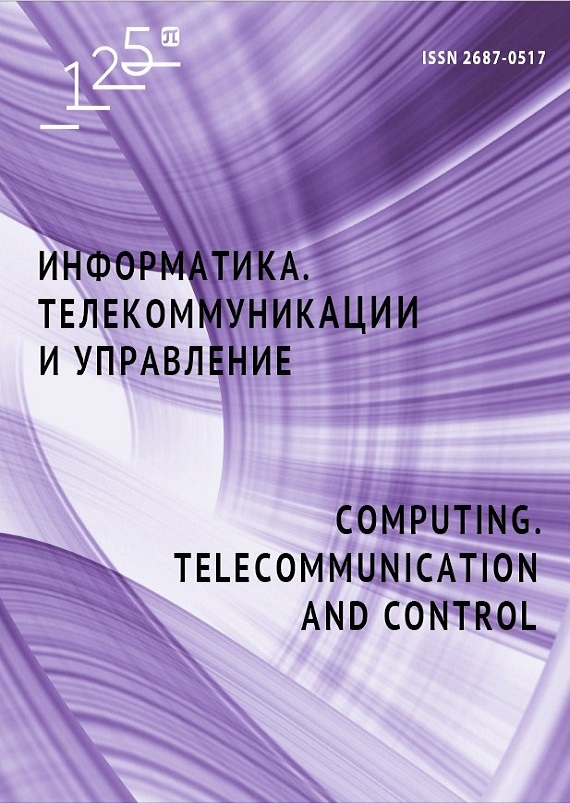MEMS alkali vapor cell encapsulation technologies for chip-scale atomic clock
The article is dedicated to solving the problem of creation of small-size quantum frequency standards for telecommunications and navigation systems using the methods of MEMS technologies. The analysis of the conventional MEMS atomic clocks operating on the effect of coherent population trapping shows that the conditions of the technological operation for alkali vapor cells sealing have the greatest influence on the clock performance. To improve the atomic clock short-term and long-term frequency stability, it is necessary to reduce the cell sealing temperature and use materials with low gas permeability. Therefore, experimental work was carried out to find new structural materials for the atomic cell design and two MEMS technologies of low-temperature anodic bonding were developed. The first one is based on the use of transparent glass-ceramics SO-33M and provides anodic sealing at a temperature of 150 °C. Using this technology, prototypes of MEMS cells with optical windows made of glass-ceramic and fused quartz were made. The second technology is based on the anodic bonding of LK5 glass and silicon at a temperature of 250 °C and was used to fabricate MEMS cells filled with vapors of rubidium-87 or caesium-133 isotopes in neon buffer gas.


